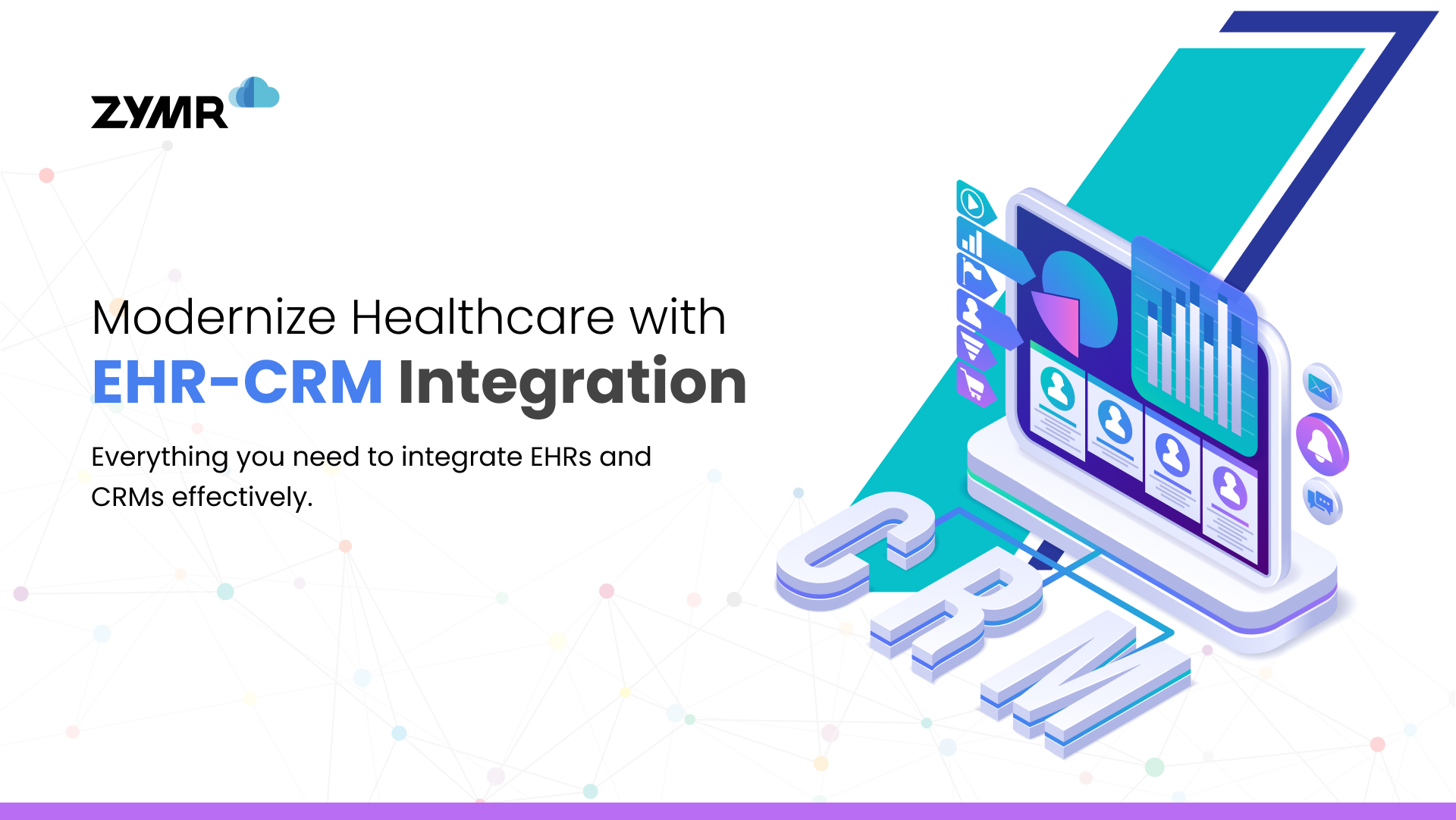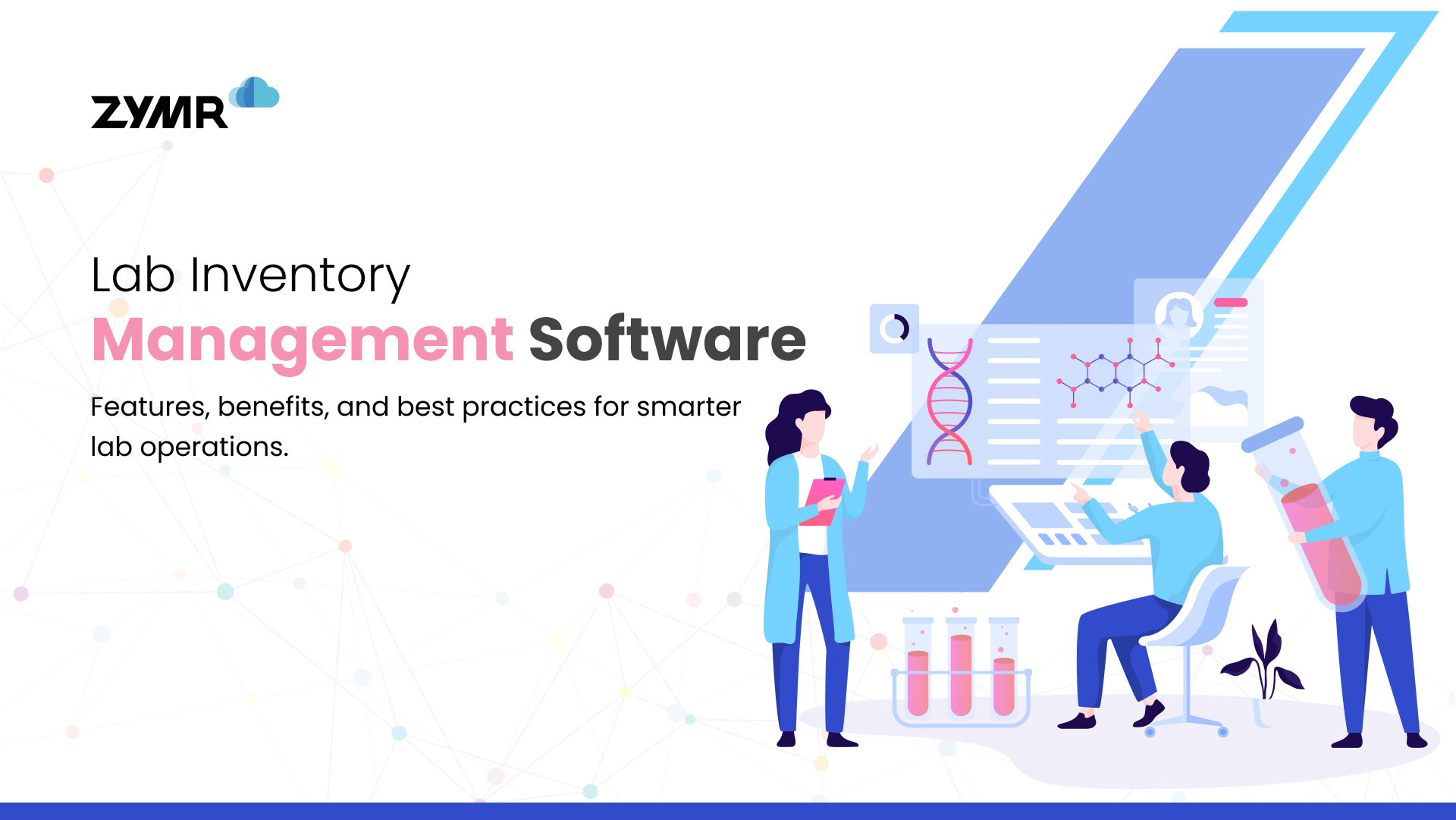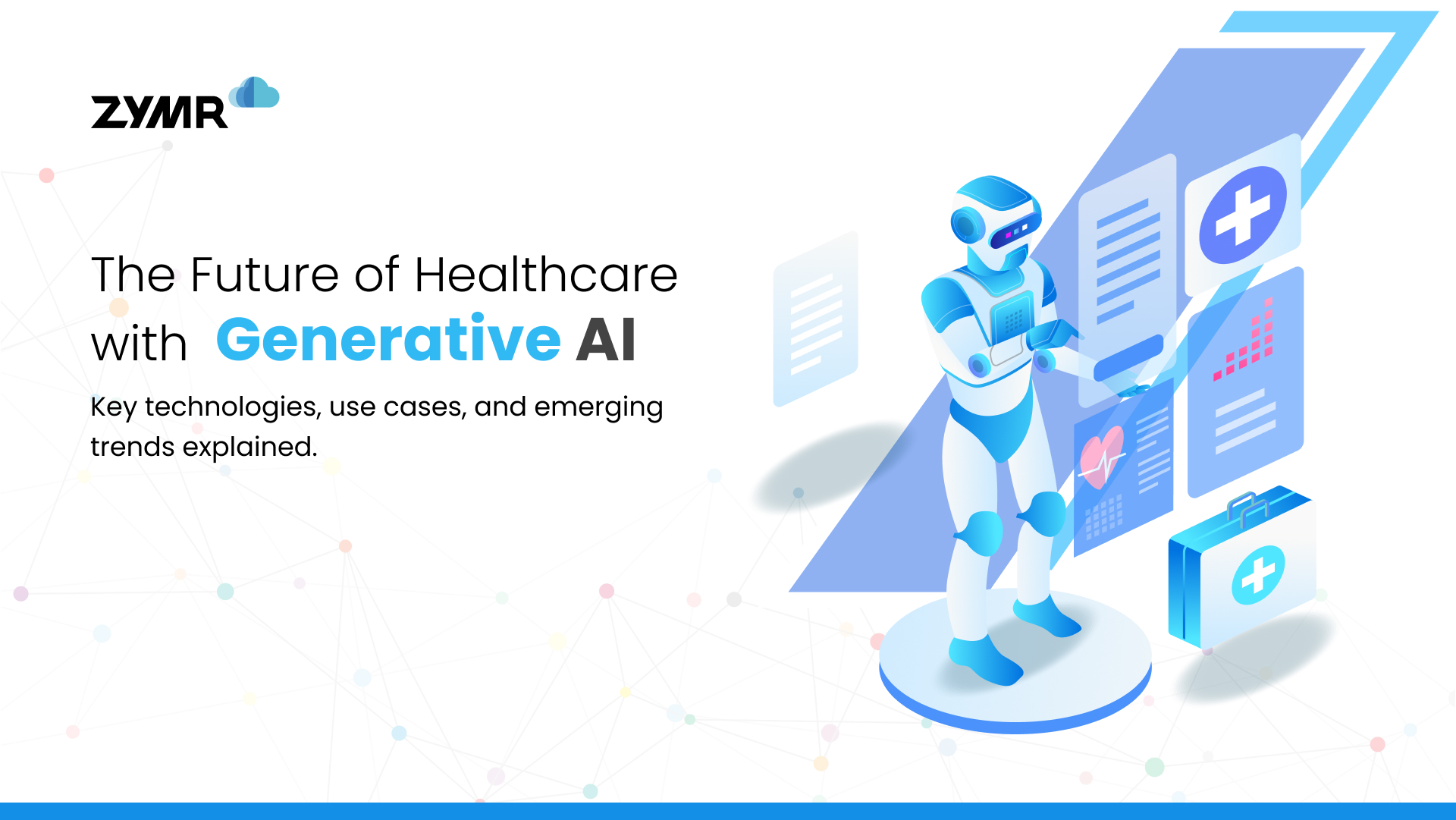Top 5 Multi-Cloud Security Essentials You Mustn’t Ignore In The Modern World

August 8, 2024
Security has taken the front seat as cybercrimes are soaring high at an unprecedented rate. Investigation reports across the globe shed light on how cloud threats are thriving in the pandemic. Ubiquiti Inc, Bonobos, VIPGames, and Kroger are some famous players who faced cloud security breaches in 2021.
Organizations recognize that relying on a single cloud solution won't meet all their business requirements. The unsurprising trend of multi-cloud is transforming IT, unlocking various benefits. However, the increased role of security in the multi-cloud era cannot be ignored. Running services in different clouds raises the risk of data exposure, outages, and misconfigurations. To address these challenges, organizations require the expertise of a cyber security services company. They provide comprehensive solutions tailored to multi-cloud environments, mitigating risks. Additionally, secure cloud app development services are crucial for safeguarding sensitive data. These services ensure application security through rigorous testing and vulnerability assessments.
Multi-Cloud Security Has Become A Major Concern Today
Multiple clouds indicate that there is a much larger environment to secure. Security across the clouds has become quintessential as every cloud vendor has its own set of control. It’s challenging to synchronize decisions across different platforms. It is also difficult to obtain visibility into other platforms in the multi-cloud environment as they have their own security features. There are various services involved with a larger attack surface area, which makes the environment susceptible to cyber attackers.
Let’s take a look at the best practices for multi-cloud security.
- Have A Well Devised Multi-Cloud Strategy In Place
While multi-cloud comes with many benefits, one of the major challenges is that public cloud vendors have proprietary architectures developed on frameworks, APIs, and toolsets suited to their environment. CISOs are prioritizing multi-cloud security strategies. A multi-cloud strategy should be such where organizations can use native features of every cloud while providing brilliant networking and security policy framework across clouds. You can pay attention to centralized management, configuration orchestration, and automation for cross-cloud connections.
- Know That Security Is A Continuous Process
Cybersecurity is a continuous process. Likewise, security protocols in multi-cloud networks need to be checked and updated regularly. Organizations need to understand that security isn’t a product but a process. Your infrastructure and software need to evolve with the dynamic cyber environment, and you need to strictly adhere to the security instructions and protocols suggested by security testers. Make sure that you thoroughly scan the public clouds as they’re not on your premises.
- Understand How Shared Models Work
Every organization needs to learn about how a shared security model applies to them and cloud vendors. Cloud providers manage the security of their own infrastructure. However, they provide you with capabilities like multi-factor authentication vectors, encryption, and IAM to safeguard your data that lies in their infrastructure. You will be responsible for using your data in the vendor’s infrastructure, deploying virtual machines, and using security controls. Software needs to follow security hardening standards whether you develop it or acquire it from a third party. Make sure your employees should adhere to the information security policies of your organization while using data.
- Synchronize The Security Policies Well
Make sure you use similar security in your cloud across multiple clouds that you use for availability. Deploy automated tools to synchronize policies among the providers effectively. Every application that runs on the multi-cloud should have its own security profile and policies in place. You frame the guidelines based on workload usage, data sensitivity, and regulatory compliance obligations.
- Focus On Monitoring, Visibility, And Transparency
It is easier to monitor and get visibility through basic security tools when an organization uses one cloud. In a multi-cloud environment, an organization must use tools that provide visibility across the different settings. It is important to have a holistic system view across the multi-cloud to timely detect, investigate, and respond to the ever-evolving cyber security threats.
To conclude, if you choose to go multi-cloud, make sure to stay extra agile round the clock when it comes to security. A single data breach or threat can cost millions and bring your organization into disrepute. Are you confused about how to go about it? Zymr can help you with your multi-cloud security concerns so you can achieve the most from the most challenging environments.
Take Your Business To The Next Level With Zymr’s Multi-Cloud Services
We deliver personalized cloud services that combine our domain knowledge and professional expertise with cutting-edge technologies to fast-track your goals. With our globally recognized partnerships with AWS, Azure, and GCP -- there is no surprise why startups, digital businesses, and enterprises across the globe rely on us for their multi-cloud needs. Partner with Zymr to simplify your pathway to digital transformation with a sound multi-cloud strategy.
Conclusion
FAQs
>
>
>
>
>
Have a specific concern bothering you?
Try our complimentary 2-week POV engagement
Our Latest Blogs

December 30, 2025
The Ultimate Guide to EHR-CRM Integration: Benefits, Use Cases & Best Practices


December 29, 2025





.svg)
.svg)
.svg)
.svg)
.svg)
.svg)
